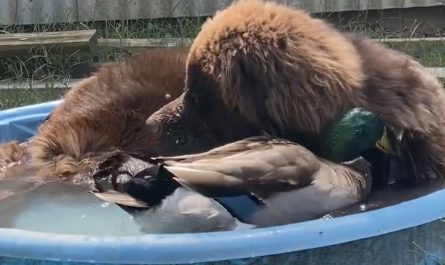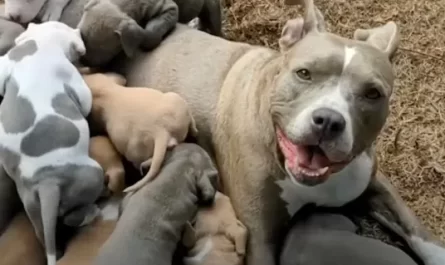Six lions found themselves in an unusual and dire predicament when they were either released into the streets or the desert.

Lion who spent years trapped in tiny cage can’t contain joy when he gets first-ever toy
This unexpected scenario led to immediate action from Kuwait Zoo, which stepped in to rescue these magnificent animals.
The zoo’s initiative was vital in ensuring the lions’ safety and provided them a temporary refuge until more permanent homes could be found.
Each lion’s journey to safety and a better life started with this crucial intervention.
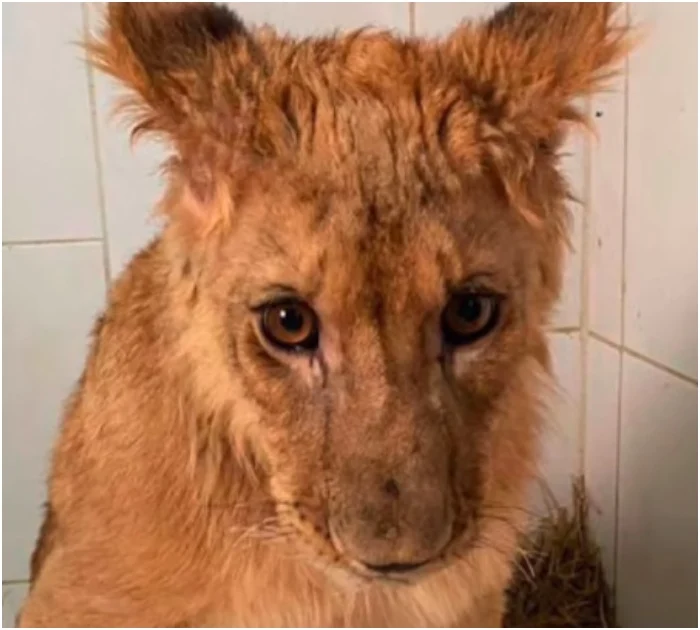
The lions were rescued one by one, a process that underscored the urgent need for a coordinated effort to save them.
Advertisement
These animals were either abandoned by dealers who couldn’t find buyers or by pet owners who realized that keeping a lion as a pet was an unmanageable and dangerous folly.
The reasons behind their abandonment were varied, but the common thread was a gross misunderstanding of what it means to care for such powerful creatures.

Each lion rescued from this predicament has its own story, adding a personal dimension to the rescue operation.
One lion, in particular, named Muheeb, stood out for his unique personality.
Muheeb is known for being particularly observant and friendly, highlighting the individual characteristics that make these animals so remarkable.
The personal stories of these lions added an emotional layer to the rescue efforts.

The rescue and handover of the lions were facilitated by Animal Defenders International (ADI), an organization that played a pivotal role in negotiating the transfer.
ADI’s involvement ensured that the lions would be moved to a place where they could live more naturally and safely.
The logistics of transporting these majestic animals were complex, requiring careful planning and execution.

The lions’ journey to their new sanctuary was made possible by the generosity of Qatar Airways Cargo, which donated a cargo aircraft for their transportation.
The process of moving the lions was intricate, involving sedation to ensure their safety, crating them securely, and managing the logistical coordination of the flight.
This massive effort demonstrated the global cooperation and commitment needed to give these lions a second chance at life.
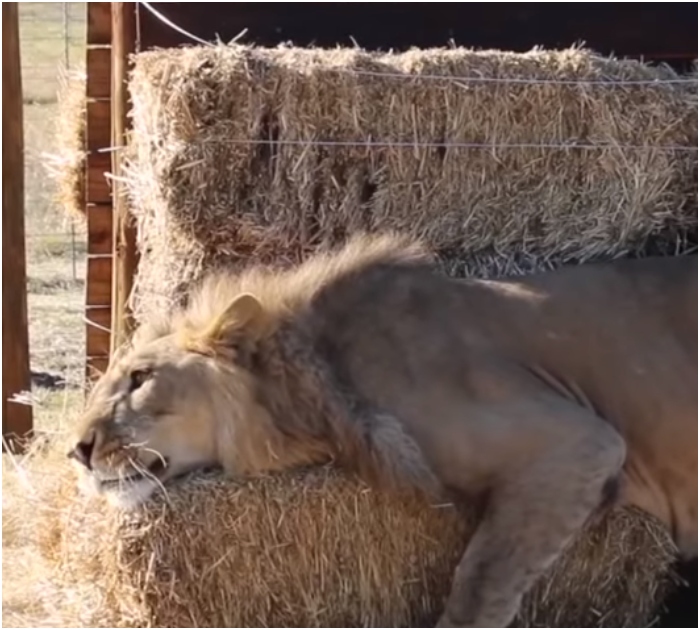
Upon their arrival in South Africa, the lions began to acclimate to their new environment.
The sanctuary provided enrichment activities, including catnip punch bags, which the lions enjoyed immensely.
These activities were designed to stimulate their natural behaviors and help them adjust to a more natural and fulfilling lifestyle.
The sanctuary aimed to restore a sense of normalcy and well-being to these previously distressed animals.

Despite being in relatively good health, the lions were shorter than usual, a result of being bred smaller by dealers to make them more suitable as pets.
This practice distorted their genetic makeup and underscored the detrimental effects of treating wild animals as domesticated pets.
The sanctuary’s goal is to allow these lions to grow and thrive in a natural setting, reversing some of the damage caused by their previous living conditions.

Introducing the lions to each other is a careful and gradual process.
The sanctuary hopes that over time, the lions will form what is known as a “super pride.”
This process allows the lions to establish their social structure naturally, determining who they are comfortable with and how they will interact as a group.
Watching the lions explore and assert themselves in their new environment is a key part of their rehabilitation.
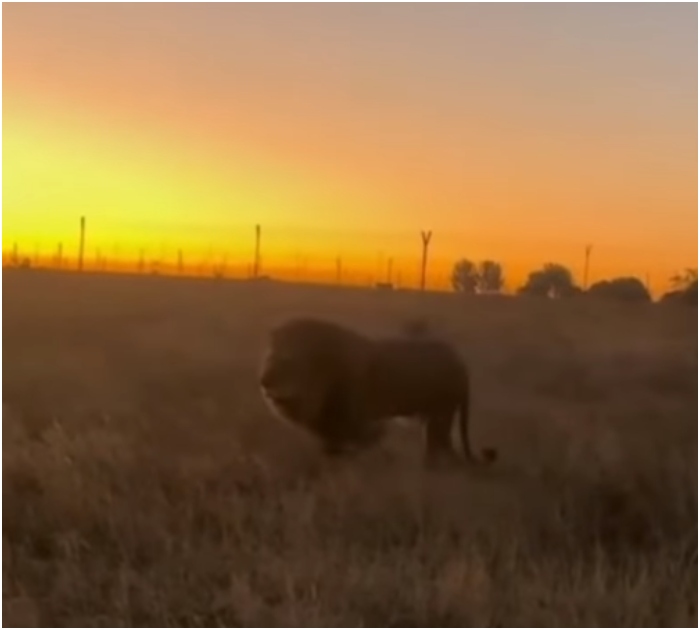
The sanctuary eagerly anticipates witnessing the lions’ first experiences in their new home, from roaring on platforms to claiming their space.
The ultimate hope is that these lions will feel safe and at home in their new surroundings, experiencing the natural life they were always meant to live.
Please SHARE this with your friends and family.

